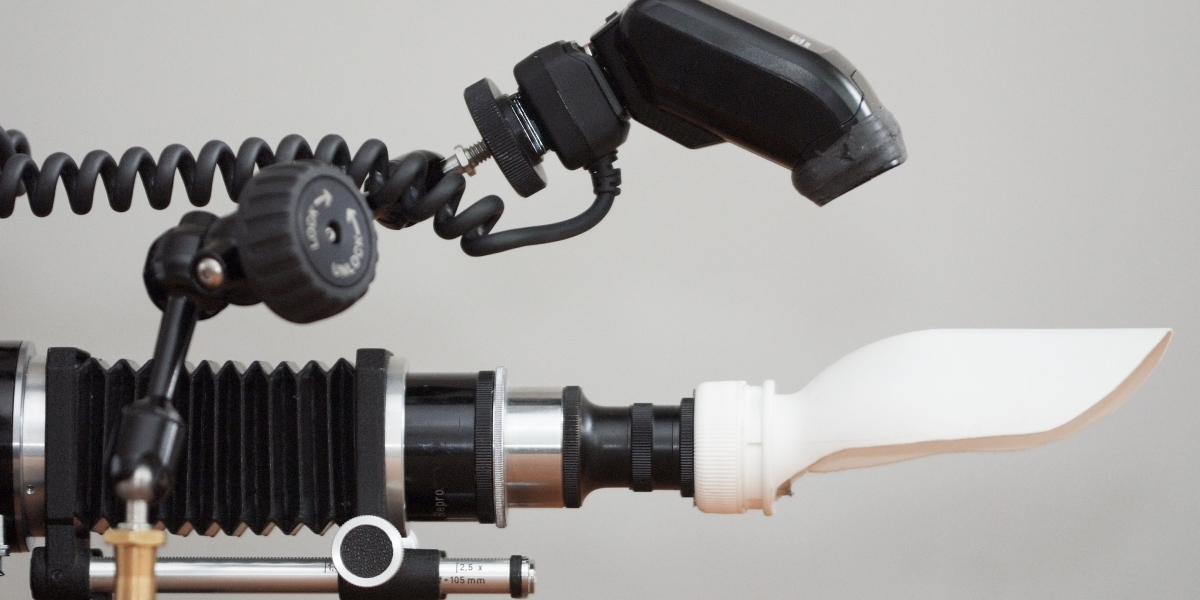What are the flash diffusers?
The flash diffusers are the game-changing equipment in the field of macro photography as they can add depth and provides softness to the image. They play a crucial role in driving macro photography to the next level. One can also find the diffusers comparatively in smaller sizes on online shopping platforms like Amazon.
People who have in-built flash often cannot search for the flash diffusers, and for all such people, we have got the best tips to make their DIY flash diffuser. Also, the manufacturing of the DIY flash diffuser will not cross more than 1 US dollar, which will make it downright affordable for all the people reading this article. When we consider the price with the worth of the flash diffuser as they add softness to the image, they are wealthy and must need devices for all the cameras.
How to make your own DIY flash diffuser?
We will not go for complicated things that will terminate the idea of being DIY as DIY are simple, cheap, and effective ways of making things. We don’t say that our product will surely be the best for all the cameras, but people can adjust the items here and there as the concept is the same for all the cameras. In this DIY experiment, we will take the Canon 1300 D and prepare an external flash diffuser for the camera.
All the essential tools for making the flash diffuser
We only need four things to make our DIY flash diffuser. The four main ideas for the experiment are
- White paper
- Adhesive tape
- A hollow tube which can resemble the chips or soft drink can
- Scissors
One should make sure that they select the can, which is plain from inside as internal reflections soften the flash.
How to assemble the hollow tube and the whole set up?
The tube can be the size of the lens, with one side extending over the size of the glass. One can cover the can with the white paper by using the tape and the scissors. There is no compulsion here to wrap the sides of the hollow tube. One has to make sure that the tape follows a smooth curve like a parabola for maximizing the softening of the flashlight of the camera.

